Comparing Numismatic Vs Bullion Coins: What’s the Better Investment?
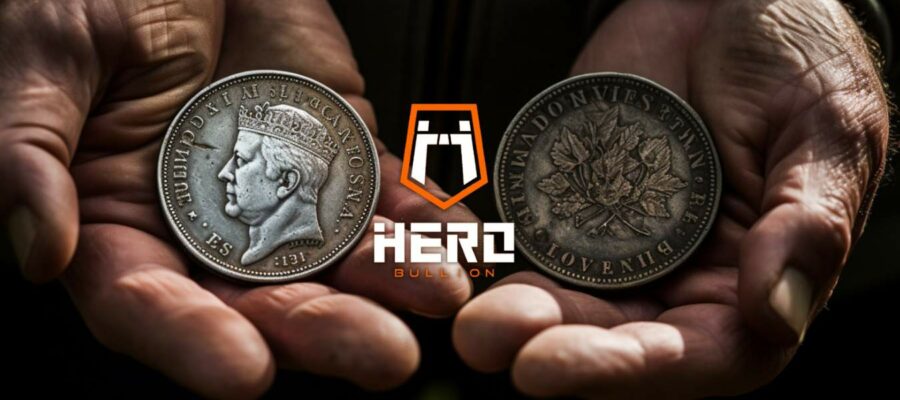
When we talk about silver coins, we usually split them into two main categories: numismatic coins and bullion coins. Even veteran stackers might not fully understand the difference between these two types of coins.
Simply put, numismatic coins are valued for their collectability in addition to their precious metal content. A 1921 Morgan Silver Dollar, for example, is worth quite a bit more than its melt value in pure silver. Bullion coins, on the other hand, are almost entirely valued based on the precious metal they’re made with.
But this brings up an important question: which type of coin is the better investment? The answer is more complicated than you might think. As we’ll discuss in today’s guide comparing numismatic vs bullion coins, each category of coin comes with its own advantages – and disadvantages.
Let’s take a closer look at numismatic vs bullion coins to help investors make the right decision for their next precious metals investment.
What is Numismatics?
We’ll start with numismatics. In the precious metals community, numismatics refers to the study of rare, collectable coins. When someone specializes in collecting and examining old coins, we refer to that person as a numismatist.
Numismatics as a field of study is also used outside of the coin market. Some people even study the numismatics of comic books, which can also hold considerable value to collectors. But for our purposes, numismatic value refers to the value of a coin apart from the value of the gold, silver, or platinum bullion it contains.
Numismatic vs bullion coins is a tough debate to settle, especially for new investors who are still trying to understand these new ideas. The concept of numismatics is pretty easy to understand, but why do numismatics matter to you, the average investor?
Why do Numismatics Matter?
Numismatics matter because they help us understand where rare coins get their value. If you take a look at online coin value guides, you’ll notice a strange trend. Sometimes, two coins minted in the same year with the same designs and manufacturer can have radically different auction sale records.
This is because some coins have higher numismatic value than others. Before we can properly compare numismatic vs bullion coins, we should take a moment to explain why numismatics should be an important part of investing in gold coins.
By understanding the numismatic, collectable value of a coin, you can develop a better feel for how much a coin should be worth. Sometimes, numismatists will pay thousands of dollars for a silver coin with a melt value of thirty bucks or less. Why? Because numismatics matter.
We’ll get to the differences between numismatic vs bullion coins later, but we wanted to start this guide with a brief discussion of why numismatics should be an essential part of your investing research.
Numismatics are important for 2 main reasons: portfolio diversity and their role as a buffer during bear markets.
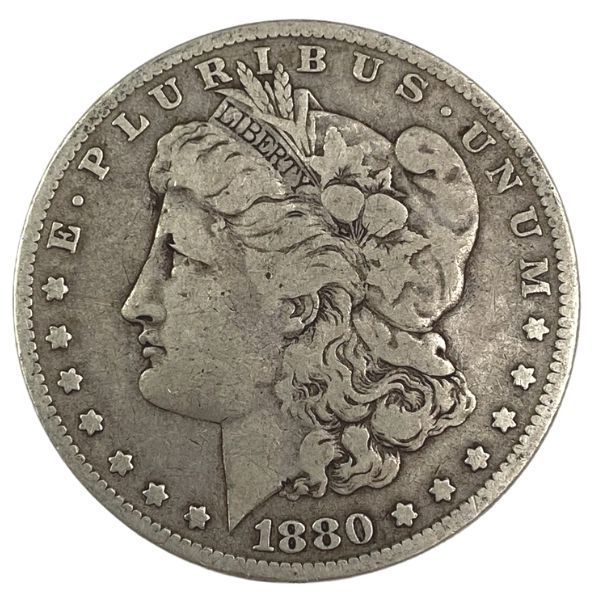
Portfolio Diversity
One of the two main reasons why numismatics are important is because a good numismatic coin investment can improve the diversity of your portfolio. If you read our Bullion Academy blogs regularly, you already know how important it is to diversify your precious metals portfolio with a mix of different silver, gold, and platinum products.
Many coin collectors prefer bullion coins. When we compare numismatic vs bullion coins, we find that bullion coins usually contain a much higher percentage of pure gold, silver or platinum. Additionally, many bullion coins come shipped in Brilliant Uncirculated (BU) condition, which might make them more attractive to investors who like to stack beautiful coins.
Stacking only bullion coins could create problems in your portfolio, though. If your silver or gold stack is filled entirely with pure bullion coins, your profit depends almost entirely on precious metal spot prices. When gold is up, your bullion gold coins are more valuable. But when gold price charts start freefalling, your collection’s value does the same.
To properly compare numismatic vs bullion coins, investors should understand the role that numismatic silver and gold coins can play in their portfolios.
Bear Market Buffer
Numismatics are also important because numismatic coins can serve as a buffer between your portfolio and a bear market for precious metals. When we call something a bear market, we just mean that the value of a given precious metal is declining. By contrast, a bullish gold market means that gold’s value is increasing.
Numismatic vs bullion coins: which is better in a bear market? We generally recommend numismatic coins during periods where the value of silver and gold are decreasing because these coins contain value outside of their precious metal content.
Precious metals have intrinsic value. Even if your gold coin is heavily damaged, it’s still worth at least its melt value in pure gold bullion.
When we compare numismatic vs bullion coins, it becomes clear that numismatic coins come with a much higher added value than bullion coins. When the silver or gold market enters freefall, numismatic coins may help your portfolio stay in the green.
Are Bullion Coins Different From Numismatic Coins?
Bullion coins are different from numismatic coins. Certain bullion coins can also have numismatic value. However, we’re generally talking about old, collectable, or rare coins when we refer to numismatic precious metal coins. Silver coins made in the modern era, such as the American Silver Eagle, are bullion coins.
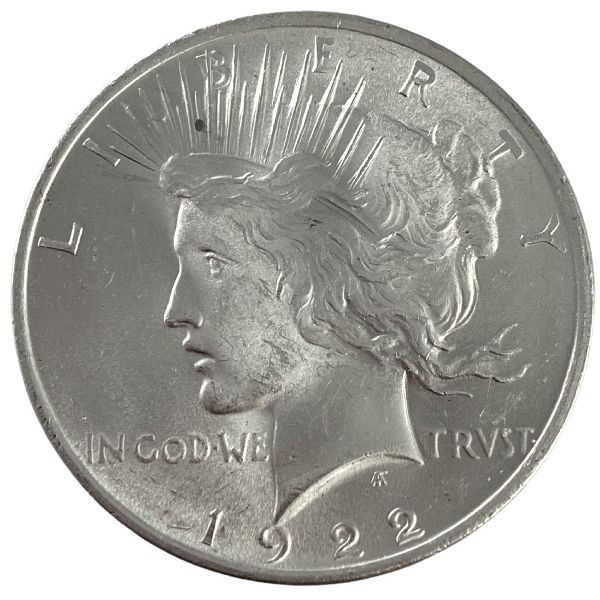
If we go back in time, however, we’ll find rarer, older coins like the Morgan Silver Dollar. These coins contain a lower percentage of silver than the .999 fine American Eagle, but they also offer a higher collectible value.
In short, bullion coins are coins valued primarily for their precious metal (bullion) content. Now that we know the main definitions of numismatic and bullion coins, let’s get to the good stuff: numismatic vs bullion coins as an investment.
Key Differences Between Numismatic and Bullion Coins
There are several key differences between numismatic vs bullion coins that every investor should know. While numismatic coins offer high collectable value and are traded in various different grades, bullion coins boast a higher percentage of pure bullion and are almost always sold in Brilliant Uncirculated (BU) condition.
Numismatic Coins: High Collectable Value
Numismatic vs bullion coins: which one is better for collectors? To us, the answer is pretty clearly numismatic coins. Numismatic silver, gold, and platinum coins have been a tradition among collectors for generations. Not only do these coins allow collectors to invest in the value of precious metals, but they also carry a strong sense of history.
If we put aside the bullion dealer talk for a moment, it should be pretty clear why numismatic coins are a better choice for coin collectors. When you hold a 2024 American Silver Eagle in your hand, you’re carrying a beautiful piece of art worth its weight in silver.
Pick up an 1878 Morgan Silver Dollar, and your experience changes entirely. You’re holding silver, sure – but there’s something more inside of an old collectable coin. To many numismatic coin investors, the beauty of their portfolio is in its history. Circulated Morgan Silver Dollars give us a glimpse into a bygone era of American coinage, and their weathered surfaces reveal a rich and vibrant history.
Of course, collectability isn’t everything. In our journey to compare numismatic vs bullion coins, we should also talk about one of the most important investment factors: purity.
Bullion Coins: High Precious Metal Purity
It’s no secret that bullion coins beat numismatic coins when it comes to precious metal purity. Whether your coin is made of gold, silver, or platinum, the story is almost always the same. Modern minting technology has allowed mints to focus on creating coins with a fineness that 19th century coin dealers could only dream of.
Most of the bullion coins we sell contain a fineness of .999 or more. Generally, gold coins can even get as pure as .9999 or .99999. Numismatic coins often contain .90 fine silver or gold, especially if they’re from 19th or 20th century American mints. Some numismatic coins even contain no silver or gold at all! These coins are traded entirely because of their historical and numismatic value.
Numismatic vs bullion coins: which is better for stackers? For the most part, we find that silver stackers should set their sights on buying bullion coins.
Numismatic coins are beautiful, historically important, and can help diversify your portfolio. However, their high premiums and relatively low silver content makes them a tough sell for investors who want the cheapest silver possible.
Numismatic Coins: Traded in Various Grades
Numismatic coins are not always traded in BU condition. In fact, the vast majority of Morgan Silver Dollars and other circulated numismatic coins are in less-than-perfect grade.
The reason for this should be pretty obvious. Out of the hundreds of millions of silver dollars the U.S. Mint put into circulation, how many do you think were kept in perfect condition for decades? Not that many!
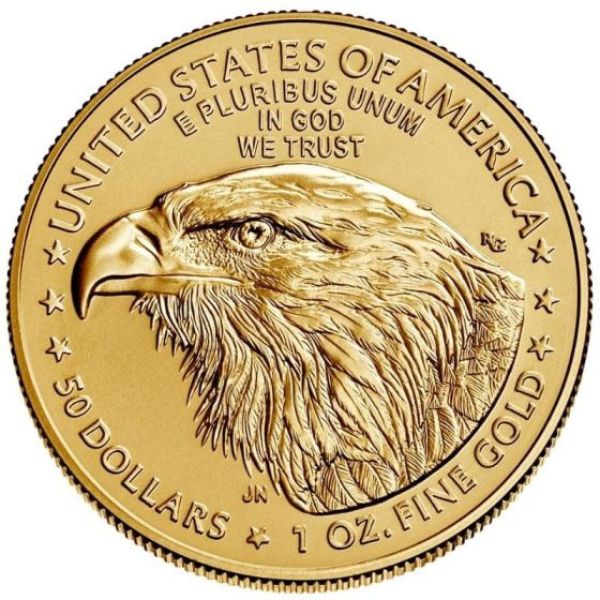
Bullion Coins: A Brilliant Uncirculated Standard
Bullion coins, on the other hand, are almost never traded in a condition less than BU. This could be a blessing or a curse, depending on who you ask. Most numismatic coin collectors don’t care that their Peace Dollars aren’t in BU condition. In fact, finding coins that have been weathered by time and circulation is part of the fun of collecting numismatic silver coins.
But if you’re looking for numismatic coins in perfect condition, expect to pay a hefty premium. When we compare numismatic vs bullion coins, investors should remember that they’re more likely to get a good deal on a BU bullion coin fresh from the mint than a BU numismatic collectable coin.
Numismatic Vs Bullion Coins: What’s the Better Investment?
So which is the better investment? When we sat down to compare numismatic vs bullion coins, we knew it would be a hard decision. Ultimately, deciding between numismatic vs bullion coins is a choice that only you can make.
We won’t leave you without some time-honored advice, though. Before you start doing your research to decide your favorite between numismatic vs bullion coins consider investment potential and your own investing budget.
Comparing Investment Potential
Both numismatic and bullion coins have a high appreciation potential for investors. History shows us that scarce precious metals tend to become more valuable over time. Investing in cheap bullion gold, silver, or platinum coins can help you build a larger stack of precious metals that can protect you from inflation or economic recession.
However, numismatic coins also come with a couple of considerable advantages for prospective investors.
First, these coins can become more valuable, even when the price of silver or gold decreases. Their numismatic value makes collectable coins closer to investing in priceless art than a chunk of bullion.
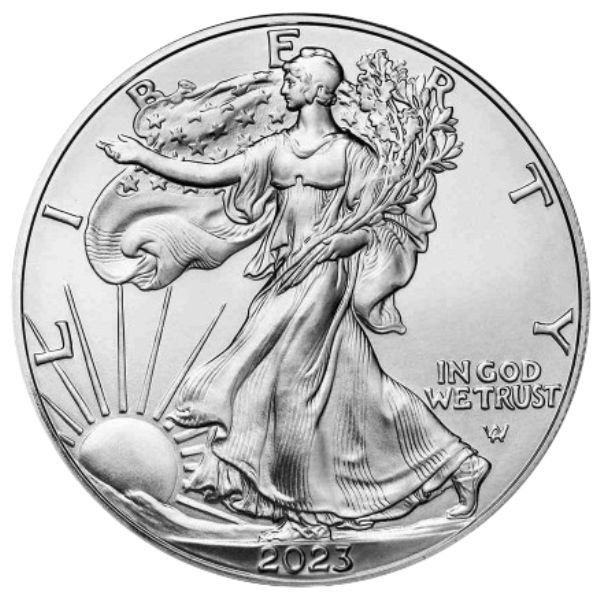
Second, certain coins might become more popular over time. This elevates demand, which can help you sell your coins for a profit when you’re ready to cash out. Ultimately, numismatic vs bullion coins is an age-old debate that we couldn’t possibly settle in such a short guide.
To help you make your own decision, consider your budget, as well as the entry cost of investing in numismatic vs bullion coins.
Assessing Budget and Entry Cost
Your budget should be the first thing you consider when debating between buying numismatic vs bullion coins. Depending on the precious metal you choose to invest in, both coin categories can be extremely pricey.
However, numismatic coins tend to be saddled with high premiums compared to bullion coins. If you’re someone who’s investing on a budget, you might want to put your money into cheap bullion coins.
If you’ve got the money to spend, numismatic coins can be a good way to diversify your collection of precious metals.
Final Thoughts: Comparing Numismatic Vs. Bullion Coins
Numismatics vs bullion coins: what’s the better addition to your precious metals portfolio? For us, it’s a toss up. Both coin categories offer considerable advantages, as well as a few downsides. We recommend filling your portfolio with a combination of different types of coins in order to keep the profits coming!
You might also be interested in:
About The Author
Michael Roets
Michael Roets is a writer and journalist for Hero Bullion. His work explores precious metals news, guides, and commentary.
